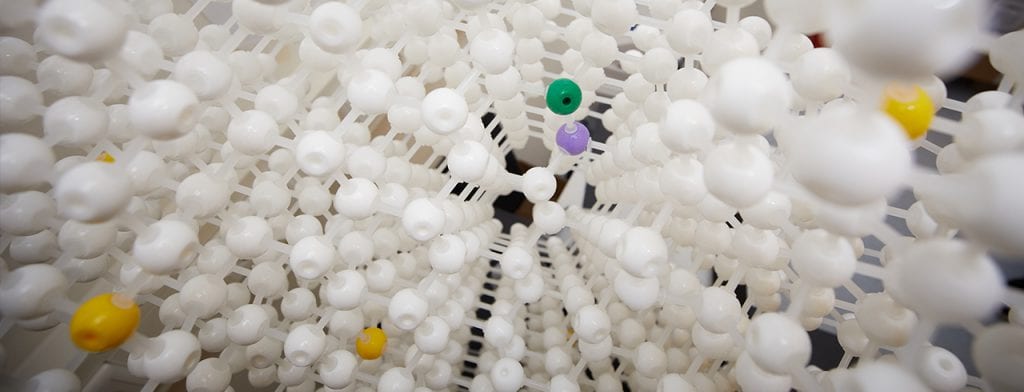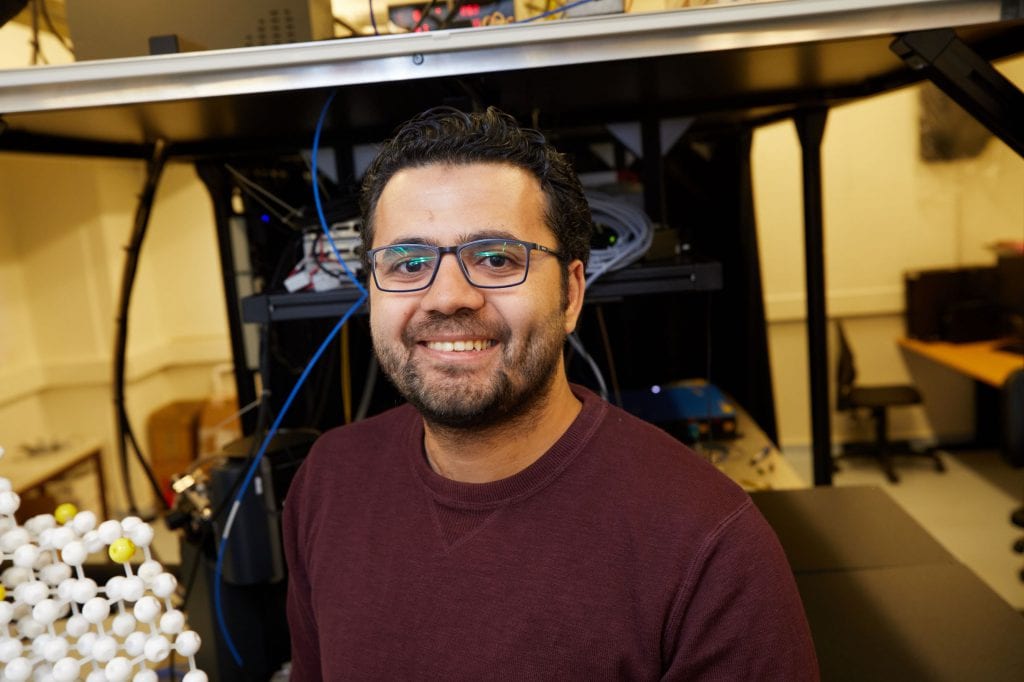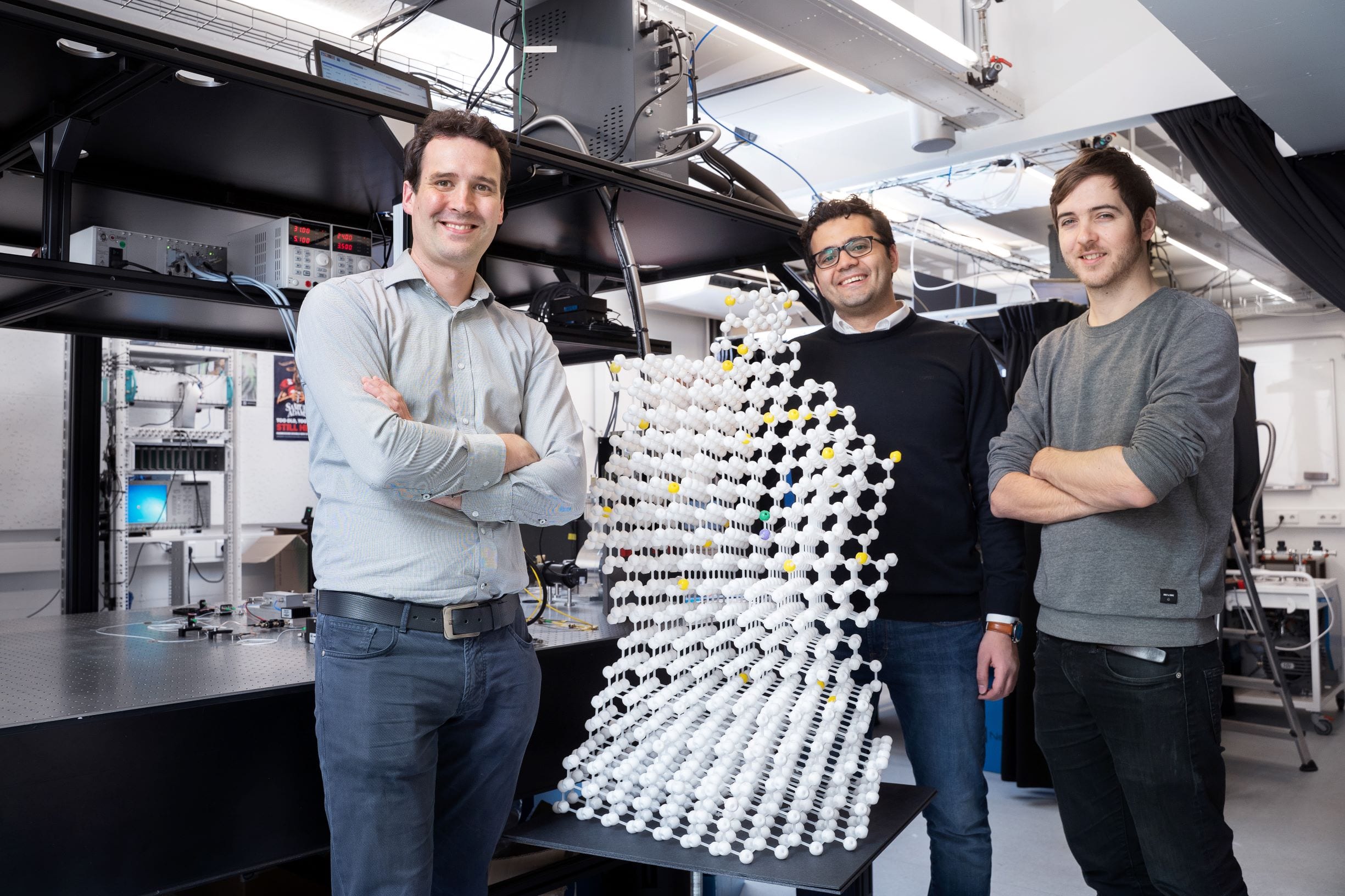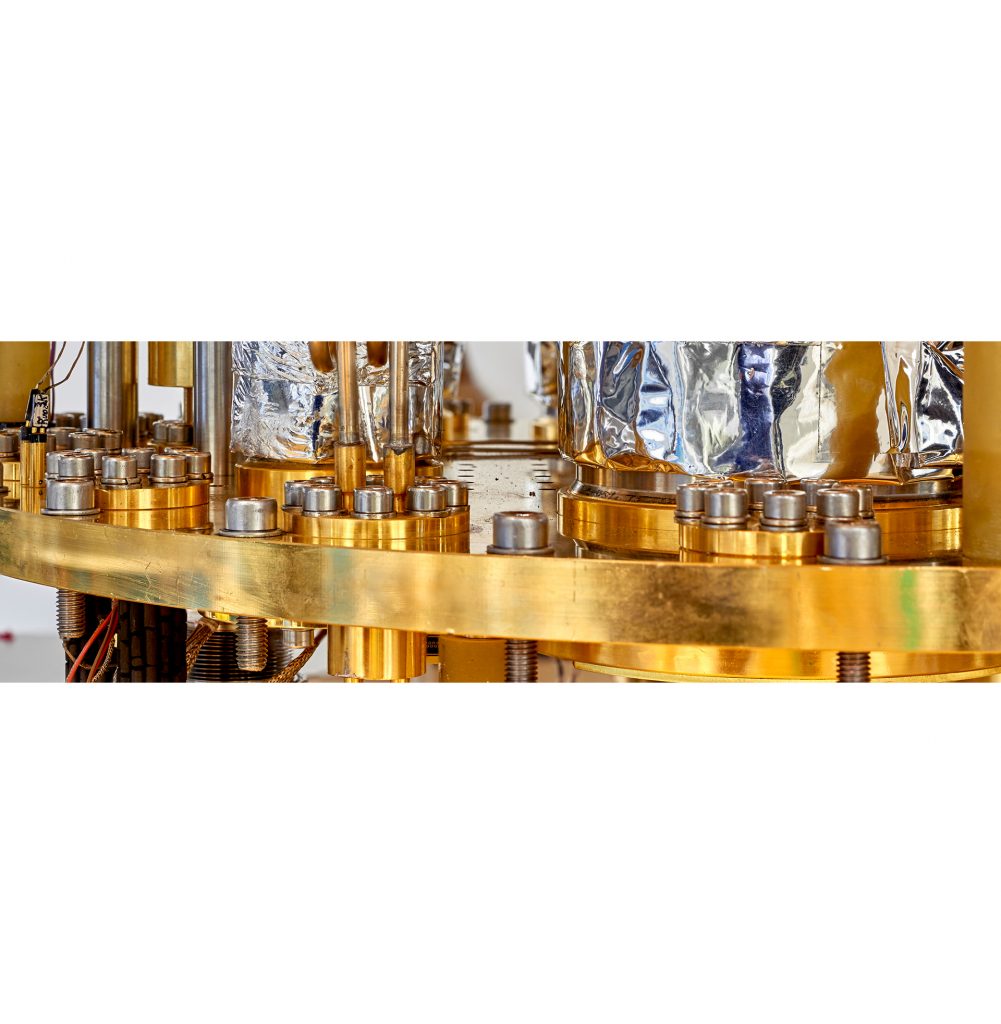Stories of Quantum
A scenic route towards fault-tolerant qubits

A scenic route towards fault-tolerant qubits
Diamond is known for being a material that is hard to handle, but once you achieve control at the atomic level, you open up very exciting and diverse opportunities. Using a defect in the diamond lattice, Mohamed Abobeih and his colleagues have made a big step forward in magnetic imaging of individual atoms (and of molecules in the future). The achievement led Abobeih to win the Kavli Delft Publication Prize 2020, and the team is now using the same lattice defect to work on the creation of a fault-tolerant qubit – a building block for a future quantum computer and the quantum internet.
A physicist in the making
During his bachelor in Electronics and Communications Engineering in Egypt, Mohamed Abobeih realized that he was more interested in physics. He applied for a master’s in photonics, a field at the intersection of engineering and physics. Having won an Erasmus Mundus scholarship, he honed his skills in three European countries. Abobeih said that it was his final assignment that exposed him to quantum optics and quantum information technology: “I liked the quantum nature of things and I found it stimulating compared with the classical picture that I was more used to. I also realized that quantum science and technology is a very interesting and promising research area, so I decided to continue in that direction.” He also found that his own sweet spot was a combination of laboratory work, simulations and exploring quantum theory. Tim Taminiau’s group at QuTech, a collaboration between TU Delft and TNO, gave him an opportunity to work on his interests.

Mohamed Abobeih
A diamond with nitrogen defects
The team at the Taminiau lab specializes in spins in solid materials and their application for quantum information and sensing. Just like electric charge, spin is a fundamental property of atomic and sub-atomic particles. You can think of spin as giving these particles some intrinsic angular momentum. The basis of Abobeih’s research is a tiny custom-grown diamond, less than half a millimetre in diameter, which contains so-called nitrogen-vacancy centres (NV-centres). In such a centre, two adjacent carbon atoms are replaced by a single nitrogen atom and a vacancy. The vacancy can hold an extra electron, serving as a qubit, whose spin can be controlled with microwave pulses and which can be read out using a laser. “We built the experimental setup that we are currently using more than four years ago,” Abobeih said. “Our group has put a lot of effort into automating and stabilizing everything in the setup, allowing us to do complex experiments while at the same time opening up new research directions that otherwise would not have been possible.”
Spreading one qubit of information
The main topic of Abobeih’s PhD, at QuTech and the Kavli Institute of Nanoscience Delft, is a technique for quantum error correction. This is needed because qubits are extremely sensitive to their environment and may lose their state before a quantum computation has been completed, ruining the outcome. Quantum mechanics does not allow the copying of qubits as a solution, but it is possible to spread the stored information over multiple qubits. “About one percent of the atoms in a diamond are carbon-13. Unlike the predominant carbon-12 atoms, these have non-zero spin and can serve as a qubit,” Abobeih said. “We want to encode a quantum state onto some of these atoms. Using careful measurements, we will then be able to detect and correct errors, without disturbing the information encoded in these qubits.”
Atomic control for quantum error correction
A few years ago, Taminiau’s group was already able to correct for certain types of errors occurring in quantum bits of information by spreading the information over three qubits. Abobeih: “What we aim for now is to take things further by protecting a qubit against any type of error, so-called universal protection, and for this we are using a total of seven qubits. There is a lot of theoretical work in this direction, but experiments are lagging behind as they are very challenging to perform.” A long and tedious road was involved for Abobeih and his colleagues to get to the point of having a large enough number of qubits with excellent control, making them interact while also protecting them from the environment. “We started off by coupling the NV-electron spin to multiple nuclear spins, and we showed that we can protect this state for more than a second,” Abobeih said. “We then showed that we can store a single-qubit state for up to 75 seconds in the nitrogen atom, and for more than ten seconds in the carbon-13 atoms. And we were able to entangle up to seven qubits. We are now working on building a complete, fault-tolerant logical qubit out of five carbon-13 spins, and we use two extra ancillary qubits (the electron and nitrogen spins) to detect and correct errors. This logical qubit can – in principle – be protected against all types of errors.”
Part of Taminiau’s team, from left to right: Tim Taminiau (Group Leader), Mohamed Abobeih (PhD student) and Joe Randall (Postdoc)
Molecular imaging at its finest
It is precisely their excellent understanding of, and control over, individual and coupled atomic spins that allowed the researchers to take a large step forward in the field of atomic-scale magnetic imaging – which Abobeih developed into a new focus point within the Taminiau group. Everyday nuclear magnetic resonance imaging, such as a medical scan, averages out the signal of trillions of atoms. But just over a decade ago, people started realizing that the sensitivity of the qubit at the heart of a nitrogen-vacancy centre would allow the detection of spins at a much smaller scale. Abobeih: “This created the research field of nano- and atomic-scale magnetic resonance imaging. Over time, researchers were able to image one or two individual atomic spins with high accuracy. But imaging complex structures, such as those found in real molecules, remained a challenge. We were able to detect the atomic spins and image a complex structure of twenty-seven carbon-13 atoms within the diamond lattice, at atomic-scale resolution. We believe this to be a model system for the future imaging of single molecules.” This proof-of-principle research, for which Abobeih was awarded the Kavli Delft Publication Prize 2020, required 400 hours of mostly night-time measurements. “The real hard work, though, was in getting to the point of being able to do these measurements,” said Abobeih. It is not hard to imagine the countless hours of running simulations, performing practice runs, and writing computer code that preceded this final series of measurements.
A different kind of qubit
Nearing the end of his PhD, which he expects to defend in few months, Abobeih is quite satisfied with the results he obtained over four years, advancing the fields of both quantum computing and quantum sensing. How his own career will advance is not yet as clear as his experimental results. Abobeih: “I am currently too busy writing my thesis to spend much time thinking about that. I am planning to apply for a postdoc position in quantum science. I am eager to work on a new physical system, a different kind of qubit, to broaden my knowledge of the field and to learn new experimental skills.” The Taminiau group will certainly continue its exciting research, but for Abobeih it may not be diamonds forever.
Kavli Delft Publicaton Prize 2020
Mohamed Abobeih was awarded the Kavli Delft Publication Prize 2020 for his paper on atomic-scale imaging. He was nominated first and foremost because of the quality and impact of his research, which goes well beyond atomic-scale MRI and quantum sensing. He also made his work accessible to the general public through an explanatory video. It has been published in Nature and highlighted in major newspapers, including NRC and de Volkskrant.


